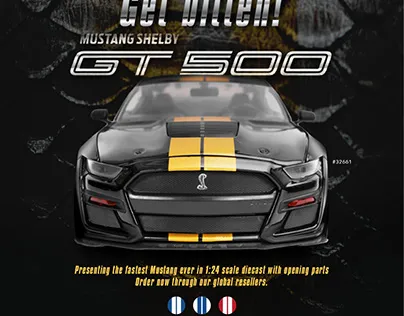What Are Diecast Models
Diecast models are miniature replicas of vehicles, primarily automobiles, airplanes, and other modes of transport, created using a die-casting process. This method involves injecting molten metal, usually a zinc alloy, into molds to form highly detailed and durable models. Diecast models have become popular collectibles, prized for their realism, craftsmanship, and the nostalgia they evoke. They range from simple toys to highly detailed, museum-quality replicas, catering to a wide range of collectors and enthusiasts. The hobby offers a fascinating blend of history, engineering, and artistic appreciation. These models are more than just toys; they are miniature representations of history, engineering, and design.
The History of Diecast Models
The history of diecast models is rich and varied, originating in the early 20th century. The first diecast toys emerged as a more durable alternative to toys made from lead or tin. During the interwar period, manufacturers began to refine the die-casting process, leading to more detailed and accurate models. After World War II, the popularity of diecast models surged, with companies like Dinky Toys and Corgi Toys pioneering the market. These early models were often simple but captured the essence of the vehicles they represented. The evolution continued throughout the decades, with advancements in manufacturing techniques, the introduction of plastic components, and detailed painting processes that enhanced their realism.
Common Diecast Model Scales
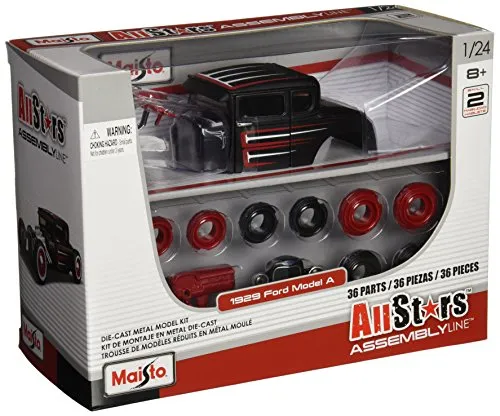
Diecast models are produced in a variety of scales, each representing a specific ratio between the model’s size and the actual vehicle. The scale determines the level of detail and size of the model. Choosing a scale is essential when starting a collection, as it affects display space and compatibility. Common scales include 1:64, 1:43, 1:24, and 1:18, each offering a different balance between size and detail. Popular scales have well-established communities, making it easier to find models, supplies, and information. Understanding these scales is vital to selecting the appropriate models for collecting, displaying, and customizing.
164 Scale
1:64 scale models are among the most popular, favored for their compact size and affordability. These models are often associated with toy cars, making them accessible to a wide audience. Brands such as Hot Wheels and Matchbox have popularized this scale. This scale is great for building large collections without taking up much space. The compact size also makes them great for dioramas and display. Although smaller, they still feature a surprising level of detail. Many collectors specialize in 1:64 scale models, offering a vast array of vehicles to collect and enjoy.
143 Scale
1:43 scale models provide a balance between detail and size. They offer a more detailed representation of the vehicle compared to the 1:64 scale. This scale is very popular among serious collectors and is frequently used for promotional models. The increased size allows for more intricate detailing. 1:43 scale models include a wide range of vehicles. This scale is ideal for collectors looking for detailed models that fit well in display cases.
124 Scale
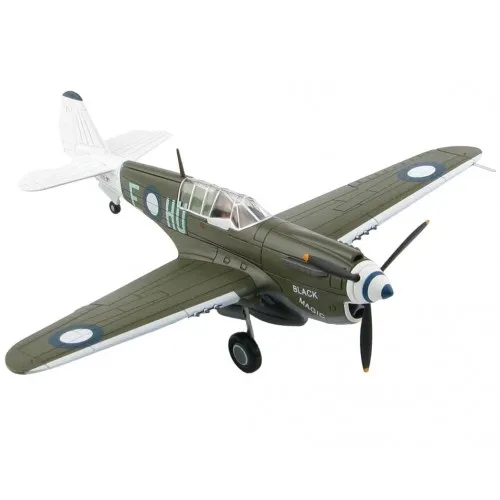
1:24 scale models provide a high level of detail. Their larger size allows for more detailed features. Many models have opening doors, detailed engines, and interior features. The models are often used by hobbyists for customization, as there is more room to work with the details. This scale is preferred by those who enjoy adding intricate detailing and modifications to their models. They provide a comprehensive view of the vehicle.
118 Scale
1:18 scale models are the most detailed and sought after by collectors. The models are the largest of the standard scales and feature exceptional detailing. Models in this scale have opening components, detailed interiors, and engine bays. This scale is common for high-end models. It’s ideal for collectors who appreciate the intricate details and realistic features that these models offer. However, the larger size requires more display space.
Essential Diecast Model Supplies
Building and maintaining a diecast model collection requires specific supplies. These supplies are essential for cleaning, detailing, and protecting your models. The right tools can also aid in customizing and repairing models. Investing in the right supplies ensures your models remain in excellent condition. The correct supplies extend the lifespan of the models. It also preserves their value and enhances the overall enjoyment of the hobby.
Display Cases and Storage Solutions
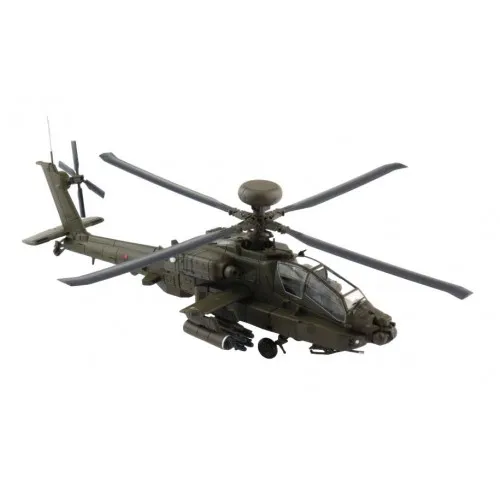
Display cases protect models from dust, UV light, and accidental damage. They also enhance the aesthetic appeal of the collection. There is a wide array of display cases available, from simple acrylic cases to elaborate, multi-tiered cabinets. Choosing the right display case depends on the size of your collection. Storage solutions include individual cases, stackable containers, and specialized shelves. These options provide safe storage when models are not on display. Protecting models from environmental factors is critical to preserve their condition.
Cleaning and Maintenance Tools
Regular cleaning maintains the appearance and value of diecast models. Soft brushes, microfiber cloths, and compressed air are essential for removing dust and debris. Specialty cleaners are available for various materials, like metal and plastic. Routine cleaning prevents scratches and other damage. Proper maintenance includes checking for loose parts and applying lubricants where needed. Maintenance tools help to keep the models in top condition. This will extend their life and enhance their appearance.
Adhesives and Paints for Detailing
Adhesives, paints, and detailing tools are essential for customization and repair. Cyanoacrylate (super glue) and epoxy adhesives are often used to reattach loose parts. High-quality model paints, brushes, and airbrushes help in adding details and customizing models. Detail paints are often used to enhance the look of the interior, engine, and exterior. Tools like tweezers, magnifying glasses, and hobby knives are crucial for delicate work. Using the right supplies ensures accurate and high-quality results. They also aid in restoring the models to their original condition.
Where to Buy Diecast Model Supplies
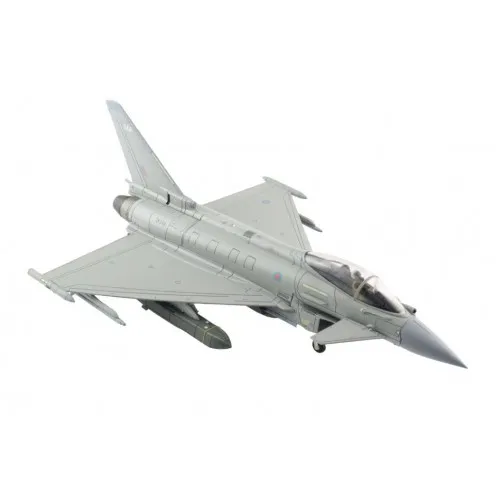
Diecast model supplies are available from several sources. Understanding where to find supplies can help collectors acquire the right tools and materials. The best places to buy supplies often depend on personal preference, location, and specific needs. Each source offers different advantages in terms of selection, pricing, and expertise. Collecting from these sources can greatly enhance the collecting experience.
Online Retailers
Online retailers offer a vast selection of diecast model supplies and accessories. Platforms like Amazon, eBay, and specialty online stores provide easy access to a wide range of products. Online shopping offers the convenience of browsing and purchasing from the comfort of your home. It also allows for price comparisons and access to customer reviews. Many retailers offer competitive pricing and fast shipping options. Always check seller ratings and product descriptions before making a purchase. Online retailers provide a global marketplace for collectors.
Specialty Hobby Shops
Specialty hobby shops provide expert advice and a curated selection of supplies. These stores offer a more personalized shopping experience. The staff can offer recommendations and assist with specific needs. They often carry a wide range of products, including hard-to-find items. The shops foster a sense of community among collectors. Supporting local hobby shops is also a great way to support local businesses. These shops provide a great resource for both novice and experienced collectors.
Model Shows and Conventions
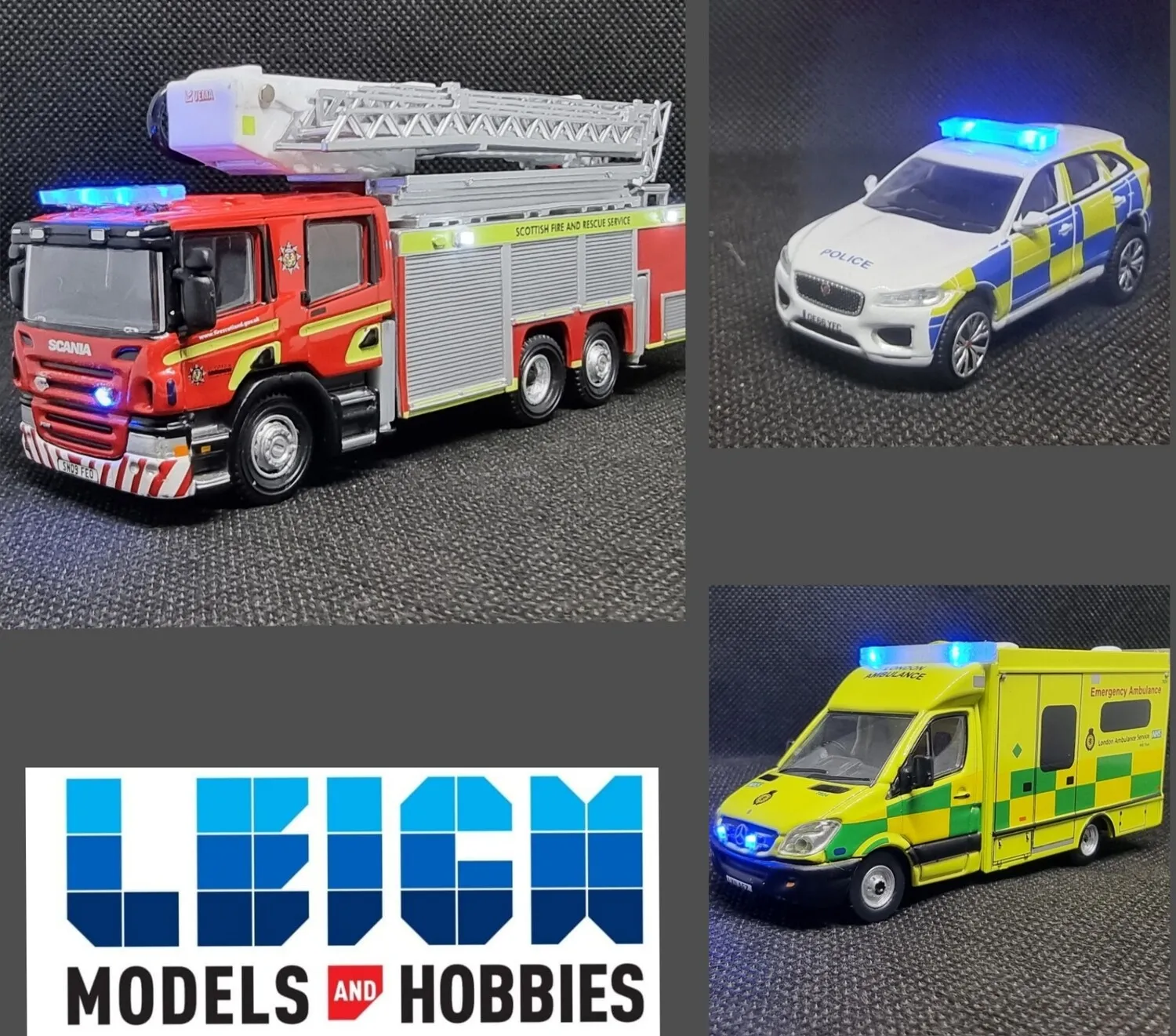
Model shows and conventions are excellent places to buy supplies and meet other collectors. These events bring together vendors, collectors, and enthusiasts. Attendees can often find rare items, discounted prices, and specialized supplies. Model shows offer a hands-on experience. They provide opportunities to see models in person. They are a great place to learn about the hobby. These events also provide a social aspect that enriches the hobby.
How to Care for Your Diecast Models
Proper care is essential for preserving the condition and value of your diecast models. This includes protecting them from environmental factors, dust, and damage. It also involves regular cleaning, storage, and display practices. By following these guidelines, collectors can ensure their models remain in excellent condition for many years to come. Caring for models protects the financial investment. Additionally, proper care preserves the aesthetic and historical value of your models.
Protecting Your Collection
Protecting your diecast model collection from environmental factors is vital. Direct sunlight can cause fading and damage to paint. Extreme temperatures can warp or damage models. It is best to store models in a cool, dry place away from direct sunlight. Avoiding exposure to humidity is another key factor. Consider using UV-protective display cases. Protecting your models is essential for maintaining their value.
Cleaning and Dusting
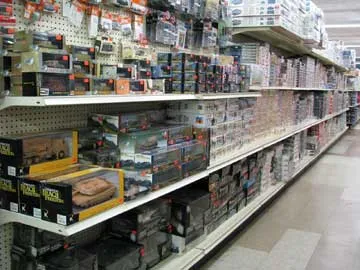
Regular cleaning prevents dust and debris from damaging your models. Use a soft brush or microfiber cloth to gently remove dust. Compressed air can also be used to dislodge dust from hard-to-reach areas. Avoid using harsh chemicals or abrasive cleaners. Clean your models regularly. Regular cleaning prevents the buildup of dust and dirt. This will help preserve the models’ finish and detail.
Storing Models Properly
Proper storage is essential to protect your models when they are not on display. Store models in a cool, dry, and dust-free environment. Individual display cases or storage boxes can help prevent scratches. When storing models, ensure they are not exposed to direct sunlight or extreme temperatures. Adequate storage helps prevent damage. This will help maintain the models’ value and condition.
Displaying Your Collection
Displaying your diecast models is a great way to showcase your collection and enjoy your models. Choose display cases that protect your models from dust and UV light. Organize your display in a way that highlights your models and their features. Consider the lighting in your display area. Proper lighting can enhance the appearance of your models. Rotating your display allows you to enjoy all of your models. Consider the visual appeal and accessibility of your display.
Common Diecast Model Materials
Diecast models are made from various materials, with metal alloys and plastics being the most common. Understanding these materials is essential to caring for and appreciating your models. The materials impact the model’s durability, detail, and overall aesthetic. Different materials require different care and maintenance. Knowledge of materials helps with understanding the models’ construction and value.
Metal Alloys Used in Diecast
Zinc alloys are the most commonly used metal for diecast models. This material is known for its durability and ability to capture fine details. It is the primary material used in the die-casting process. Other metals, such as aluminum and tin, may also be used in some models. Metal alloys contribute to the weight and feel of the model, adding to its realism. The durability of metal alloys ensures that the models can withstand wear and tear. The quality of the metal directly affects the model’s detail and longevity.
Plastic Components and Detailing
Plastic components are widely used in diecast models for detailing and adding intricate features. Plastic is often used for interior components, tires, and other parts where flexibility is needed. The use of plastic allows for greater detail and realism. Plastic allows for more intricate design features. High-quality plastics contribute to the overall aesthetic and durability of the model. The use of plastic in the models allows for complex shapes and details.
Building and Customizing Diecast Models
Building and customizing diecast models is a rewarding hobby. The process allows collectors to personalize their models and express their creativity. Customizing models includes a wide range of techniques, from simple modifications to complex projects. Building and customizing diecast models increases the satisfaction of the hobby. This process allows collectors to create unique models that reflect their individual style. This hobby provides hours of enjoyment for all enthusiasts.
Basic Customization Techniques
Basic customization techniques include replacing wheels, adding decals, and modifying small parts. These techniques can dramatically change the look of the model. Wheel swaps are a simple way to add visual interest. Applying decals allows for adding logos and detailing. Modifying small parts can enhance the model’s realism. Basic modifications provide an easy entry point into the hobby. These techniques can transform the models.
Advanced Customization Techniques
Advanced customization techniques include repainting, engine detailing, and body modifications. These techniques require a higher level of skill and specialized tools. Repainting involves stripping the model and applying new paint. Engine detailing adds intricate details to the engine compartment. Body modifications involve cutting and reshaping the model’s body. Advanced techniques allow for the creation of highly customized models. This level of customization is for experienced hobbyists.
Resources and Communities for Diecast Model Enthusiasts
There are many resources and communities for diecast model enthusiasts. These resources offer valuable information, guidance, and support. Joining these communities enriches the collecting experience. They provide opportunities to connect with other enthusiasts. This provides helpful information for building collections.
Online forums and social media groups are great resources for collectors. These platforms allow enthusiasts to share their collections, ask questions, and participate in discussions. Many websites and blogs are dedicated to diecast models, providing reviews, news, and tutorials. Model shows and conventions are great places to meet other collectors. They also provide the opportunity to see models in person.
Diecast model collecting is a fulfilling hobby. This guide provides a comprehensive overview of diecast models. From the basics to advanced techniques, the hobby is fascinating. By understanding the various aspects of collecting, collectors can enjoy their hobby. Whether you’re a beginner or an experienced collector, there is something for everyone. Join the diecast model community, and start or grow your collection today.
